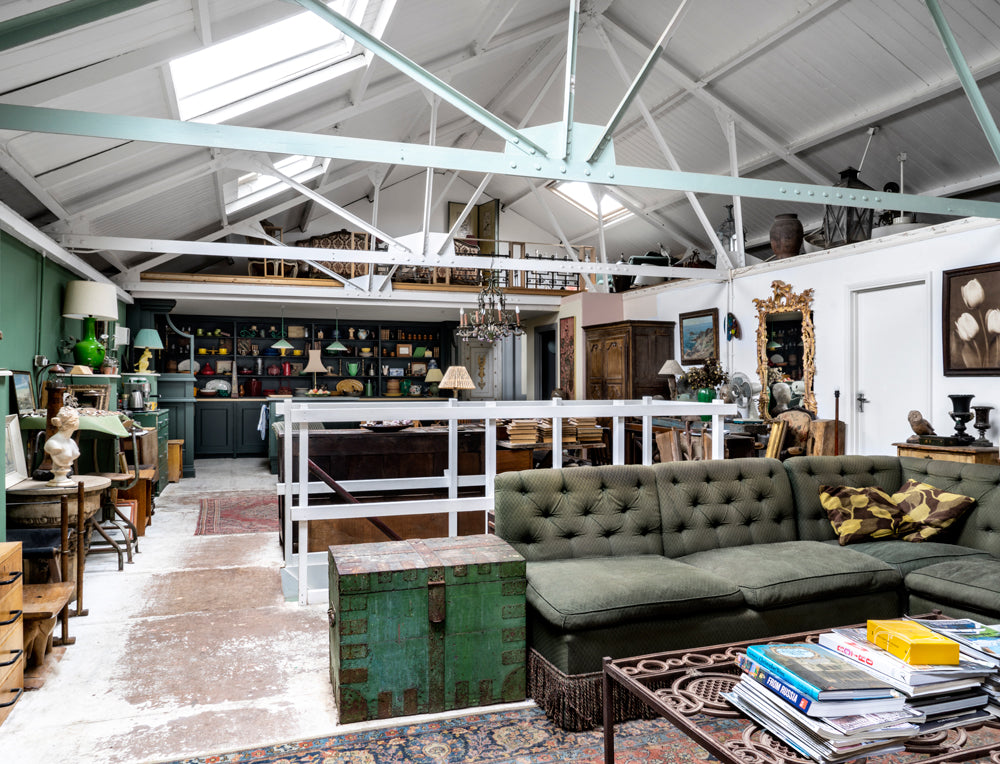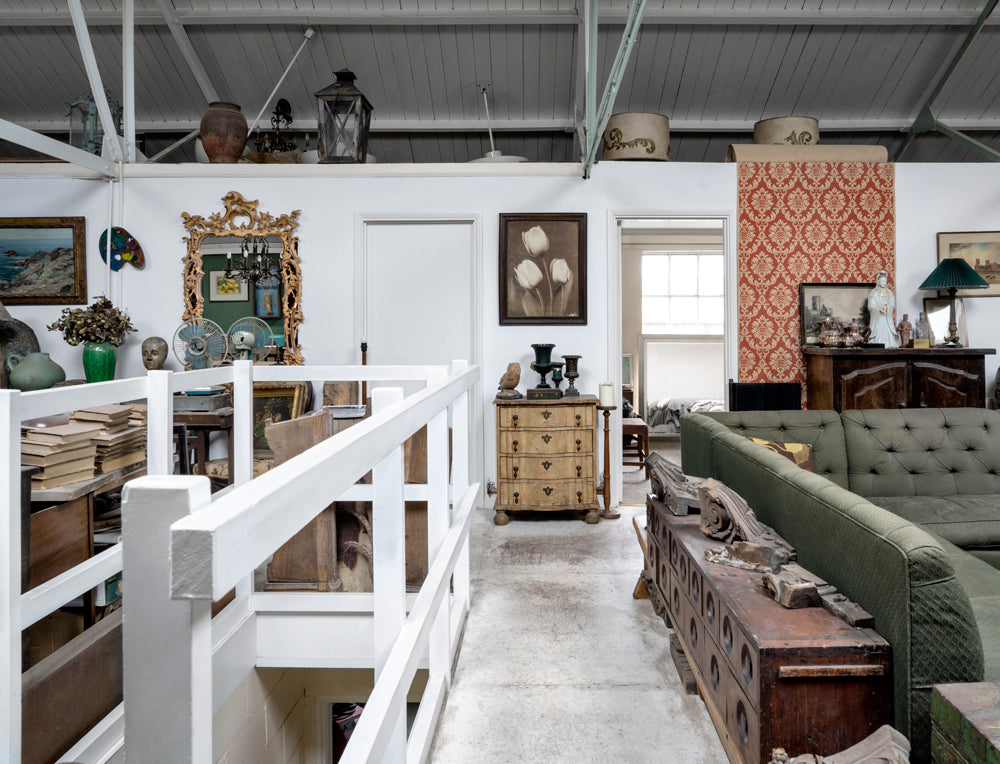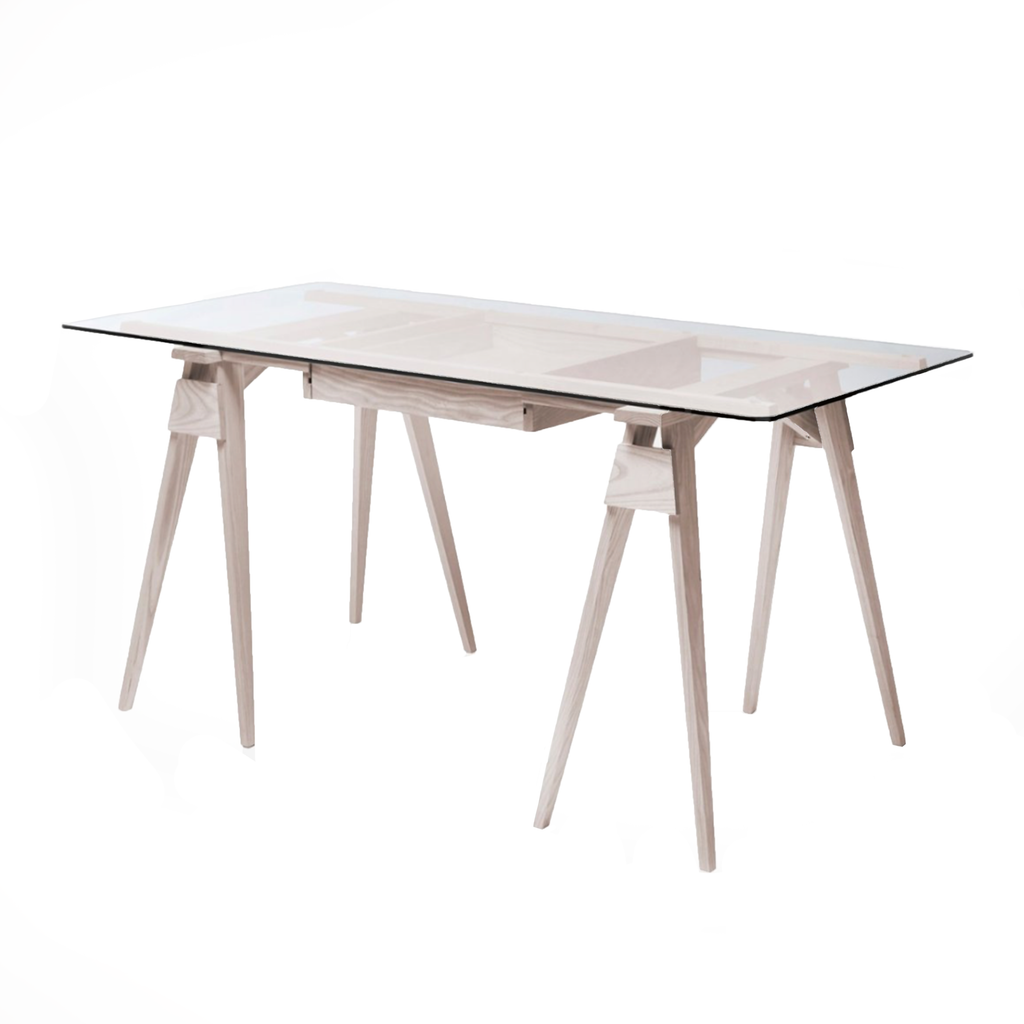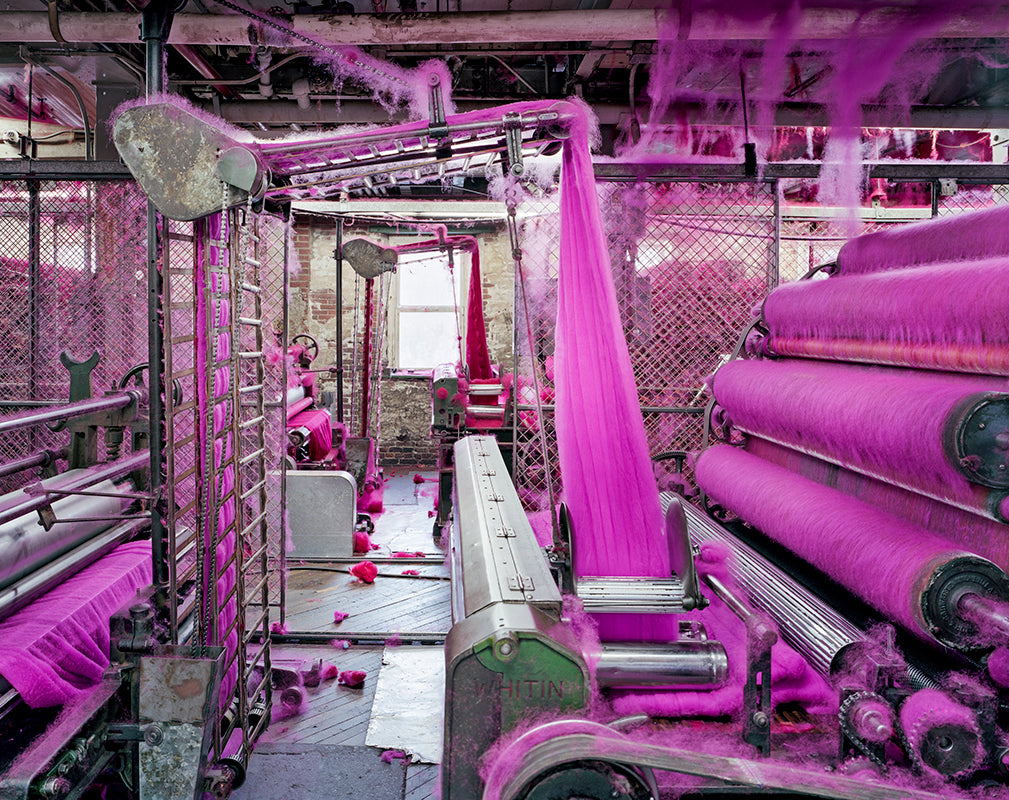
Architectural photographer Christopher Payne is renowned for his documentation of America’s industrial heritage. In ‘Textiles’ he catalogues 25 of the last remaining mills in New England. As their machines run continuously, it took several months for Christopher to achieve some shots, when certain colours appeared and mechanisms aligned. And vibrations caused by the machinery were a challenge.
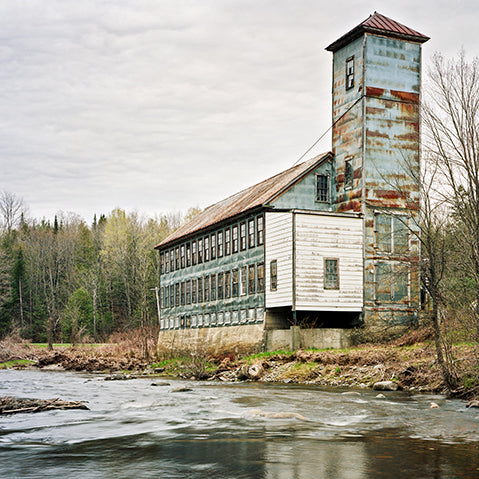
It is a sad truth that much of America’s once thriving textile industry has been outsourced to overseas locations and their cheaper workforces. And left in the wake are many abandoned mills. Those few that remain have either been forced to adapt to the modernisation of an industry now dominated by foreign imports, or they are fortunate enough to still cater to a niche market that values origin and craftsmanship over costs.
“In this post-industrial age, we’ve become too dependent on imports. We have no idea where goods come from or how things are made. If there is a basic message I’m trying to convey in my photographs, this is it: manufacturing still matters. This is a celebration of manufacturing—not a eulogy.” Christopher Payne
Visiting the mills near his birthplace, photographer Christopher Payne set out not only to capture New England’s textile heritage, but also to honour those individuals who are responsible for preserving small-scale manufacturing and craftsmanship in America, in spite of the global competition and unrelenting technological progress.
Circular knitting machines were introduced in the 1860s. The earliest models were hand-powered machines used to produce stockings. Newer models, like those shown here at Fall River Knitting Mills, Massachusetts, share the same function but can create more complicated garments in less time.
Each image in the Textiles series captures a different part of the process, including many which remain entirely unchanged. In capturing the transformation of raw fibre to finely wound and woven threads, this series is a vibrant celebration of an industry determined, and deserving, to survive.
Photography by Christopher Payne




